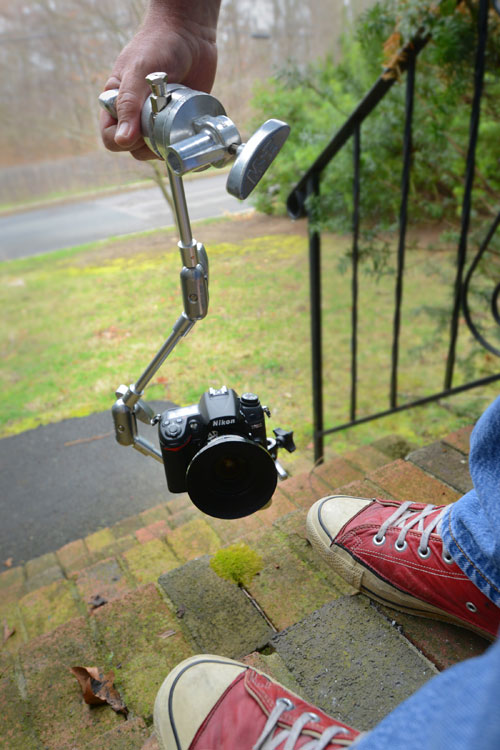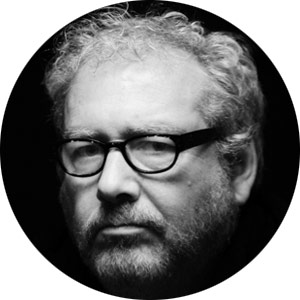Master Class: Just Watch and Learn
Steve Heiner discusses moviemaking inspiration
I have no way of knowing what kind of movie you want to make. Maybe it's a scripted short film; maybe just a relatively simple capture of an upcoming event or occasion. But the one thing I'm pretty certain of is that you really do know how that movie is going to look. You know that because you're walking around with an incredible resource: memorable scenes and techniques from your favorite movies.
Three of my favorites are Kurtz, isolated and speaking from surrounding darkness in Apocalypse Now; the artfully composed opening scenes of Once Upon a Time in the West; and the low-angle, wide-angle views throughout the Coen brothers' Raising Arizona.
Such scenes and techniques are practically master classes in filmmaking.
When I first saw Once Upon a Time in the West when it was released in 1968, it was the story and the characters that impressed me. Today I see much more. The film's first 15 minutes have no dialogue—the visuals tell the story with no doubt about what's going on. I marvel at the composition of every single scene in the film. The director and the director of photography plotted exactly how the camera was going to move and how the move would affect the viewer's perception. The placement of characters, objects and story elements within each frame is so flawless it's mind boggling. No, I'm not going to make a movie on that scale, and I'm not going to imitate those techniques, but Sergio Leone's brilliant filmmaking has given me a lot of ideas.
That's what movies have always given us: ideas, and awareness of methods and techniques. Not the fine points, the deep knowledge of filmmaking, but we know what a cut is, a pan, a reveal. We have the clues to what makes a movie work, and now, with the filmmaking capability of Nikon D-SLRs and the help of key accessories, we have some pretty sophisticated tools.
No matter how you choose to tell your story, what you've seen, appreciated and thought was so cool in movies can be applied. It might be lighting, maybe a camera move or a cut from one scene to the next that you can adapt to help tell your story.
Not long ago my fascination with the Coen brothers' use of low angles and wide angles in Raising Arizona prompted me to see what I could do with that technique. Could I get, as the Coens did, the look and feel of a world where things were out of kilter? I made a short film called A Walk in the Park in My Favorite Red Shoes.
It was a solo production—I was filming my own feet as I walked along with my D7000 and 10-24mm NIKKOR zoom—so I needed a way to put the camera down close to the ground and have it move with me as I walked. I modified a flag arm—it's normally used to hold a sunshade over a camera—by adding a handle and a platform. I left the top hinge of the arm loose, so that as I walked it swung like a pendulum. The device also allowed me to move the camera around my body so it didn't look like I was the one in control of the camera. You can see the result of my experiment in this article.
What ideas would you like to try from movies that inspire you, that you remember vividly or that make you smile every time you see them? A reaction shot, the use of light and shadow, someone silhouetted in a doorway, a sudden shock cut, a slow reveal?
And how will those scenes work together as you edit the film?
Earlier this year I edited the behind-the-scenes short film that Mike Corrado and Lindsay Silverman made as Sandro Miller filmed Joy Ride with D800 cameras. From watching movies I'd absorbed editing ideas, and I'd taught myself the techniques to express those ideas. I know to mix fast-paced cutting and still images to grab people's attention; to use reverse angles for interest and pacing; when to use a reaction shot and a detail shot. The next time you view a favorite film, concentrate only on how it's edited. You'll be amazed at what you'll learn—and what you already know.









